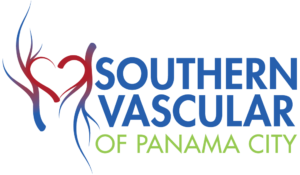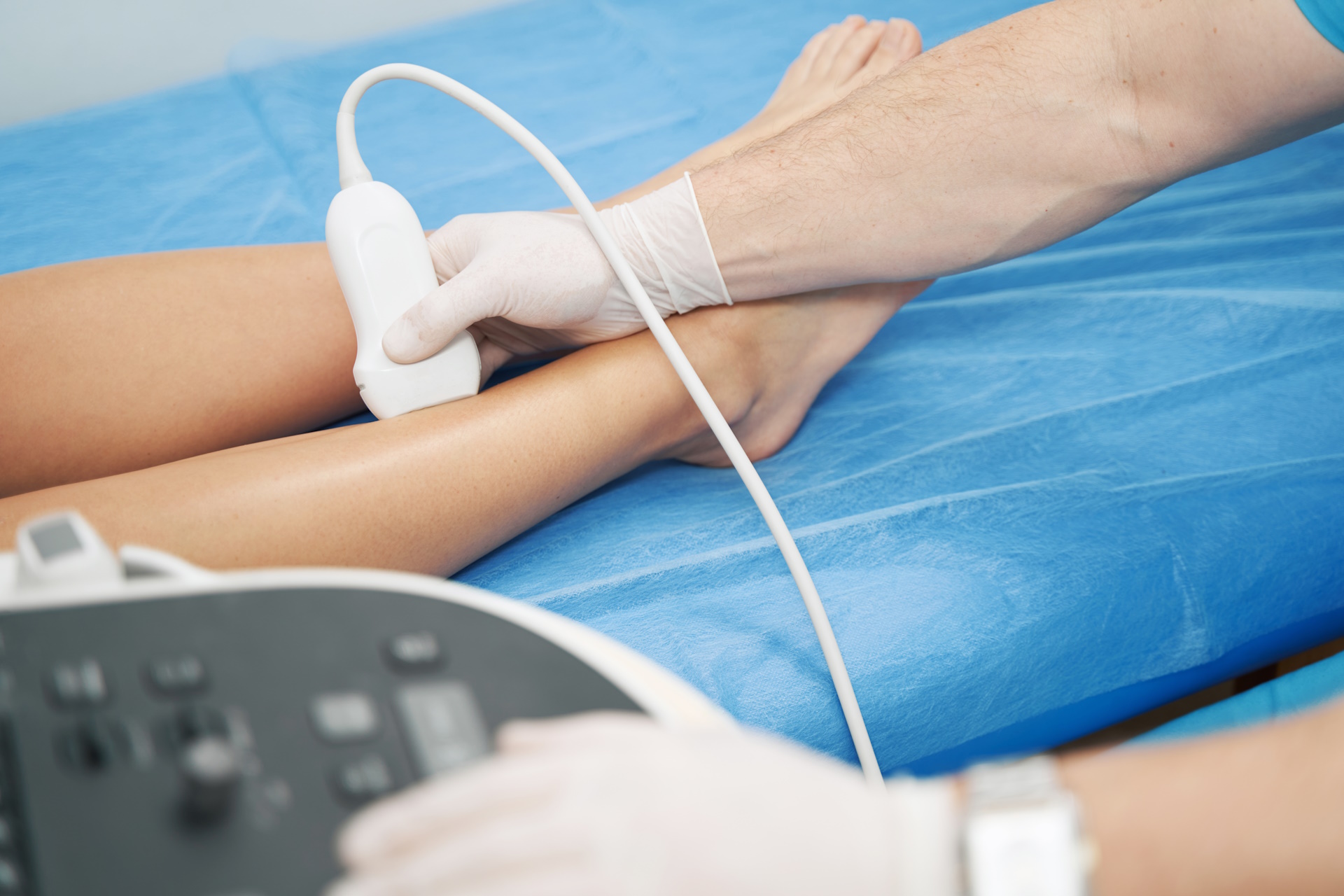From the Vascular Experts with Southern Vascular at Panama City Beach
For some patients, choosing a surgical solution can be overwhelming and confusing. Between the complex medical terms and the wide range of treatment options, it’s natural to have questions—lots of them. When you have questions, Southern Vascular of Panama City Beach is here to give you straightforward and personalized answers. We often hear similar questions from our patients, and today we’re tackling some of the most common, and often least-answered, inquiries about vascular health and surgery.
FREQUENTLY ASKED QUESTIONS
- Can a general surgeon perform vascular surgery?
Technically, yes. A general surgeon can perform vascular procedures, but it’s quite uncommon. General surgeons are trained to operate on abdominal organs like the gallbladder, colon, and gastrointestinal tract.
Vascular surgeons, however, receive additional specialized training focused entirely on the arteries and veins throughout the body. This includes minimally invasive procedures and complex surgeries to restore proper blood flow. Choosing a board-certified vascular surgeon ensures you’re receiving the highest level of expertise and precision in your care.
- What’s the difference between a general surgeon and a cardiovascular surgeon?
Great question! These specialties are often confused.
- General surgeons focus on abdominal organs and gastrointestinal pathology.
- Cardiovascular surgeons (not to be confused with vascular surgeons) perform heart and chest operations, including procedures on the heart itself, major vessels in the chest, and the lungs.
- Vascular surgeons (our specialty) treat blood vessels outside the chest and heart—primarily in the neck, arms, legs, and abdomen.
Simply put: If it involves the heart, it’s cardiovascular. If it involves blood vessels outside the heart, it’s vascular.
- What types of surgery are available for varicose veins?
Varicose veins aren’t just a cosmetic concern—they can cause pain, swelling, burning, and even ulcers. Treatment typically starts with:
- Lifestyle Changes (Weight Loss, Leg Elevation, Additional Exercise)
- Compression Stockings
- Medications
When these steps don’t provide enough relief, we use advanced procedures for the specific type of vein problem:
- Large, deep veins are treated with mechanical thrombectomy, clot-dissolving medications (lytic therapy), venous angioplasty, or venous stenting
- Saphenous veins (the main superficial veins in the legs) are treated with minimally invasive ablation therapies, including laser, radiofrequency energy, or foam therapy
- Large, rope-like surface veins: treated with foam, laser, or ligation and stripping.
- Spider veins and smaller visible veins are treated with sclerotherapy (injections), laser therapy, or minor removal
Each case is unique, which is why vascular evaluations and diagnostics are essential for choosing the right approach for your condition.
- What are vascular malformations, and how are they treated?
Vascular malformations are abnormal clusters of blood vessels that develop before birth. They’re relatively rare and often require highly specialized care. While we don’t typically treat these at Southern Vascular, patients are referred to university-based medical centers where interventional radiologists can provide more advanced therapies.
- How is an abdominal aortic aneurysm (AAA) treated?
An abdominal aortic aneurysm is a dangerous bulge of the main artery in the abdomen. Not every aneurysm requires surgery, and many small ones are carefully monitored with ultrasound or CT scans. Treatment is usually recommended when:
- The aneurysm is larger than 5 cm, or
- It’s increasing in size
Options include:
- Endovascular repair with a stent graft (minimally invasive)
- Traditional open repair with placement of a synthetic graft, in rare cases
- Will vein stripping cure deep vein thrombosis (DVT)?
This is a common misconception. Vein stripping is for superficial veins, not deep veins. Deep vein thrombosis is typically treated with:
- Anticoagulation (blood thinners)
- Mechanical thrombectomy (removing the clot directly) in select cases
Because DVT can cause long-term damage, patients with chronic venous insufficiency may also need ongoing treatments such as ablations, compression, and lifestyle changes to manage symptoms.
7. What is chronic venous insufficiency, and how is it treated?
Chronic venous insufficiency (CVI) is one of the most common vein problems we see, especially in women, people who regularly stand for long periods, have vein injuries, or have had multiple pregnancies. Early management includes weight control, compression, and leg elevation.
When symptoms such as swelling, burning, restless legs, ulcers, or recurrent infections persist, minimally invasive vein ablation therapies can provide significant relief. While certain procedures can improve quality of life, lifestyle measures like compression and dietary changes are still an important part of long-term care.
Vascular health can be complicated, but you don’t have to navigate it alone. At Southern Vascular of Panama City Beach, our mission is to provide clear answers, advanced treatments, and compassionate care. If you have concerns about varicose veins, DVT, or other circulation issues, schedule a consultation with our team. The right answers—and the right treatment—can make all the difference. Contact Southern Vascular of Panama City Beach today!

